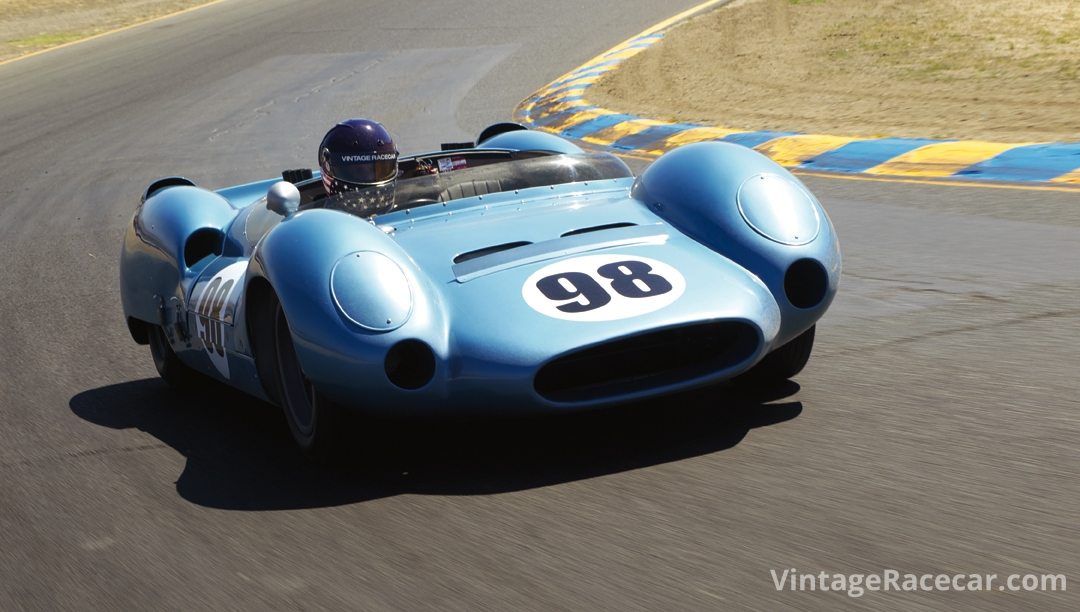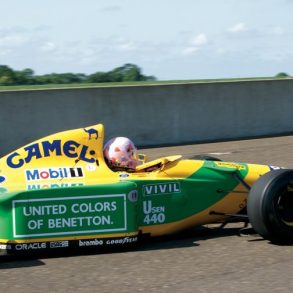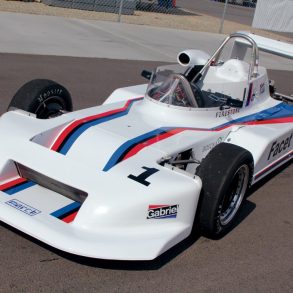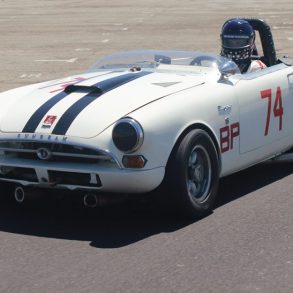Just as we were going to press last month, we learned of the …..tragic death of historic racer Dino Crescentini, at Mosport (VR, News Brief, Aug. ’08). While a fatality at a historic race is always a shock, this one was even more disorienting, as it turns out there have been two Dino Crescentinis historic racing in the United States. One is California-based (a former SCCA Trans-Am competitor and regular driver in the Historic Grand Prix series) and the other a Michigan-based racer who recently had been competing in a distinctive Wolf center-seat Can-Am car. While it was a relief—for those of us in California—to eventually learn that it wasn’t “our” Dino, it was certainly no solace to know that a fellow vintage racer had lost his life doing what we all pursue with such passion.
The details of Crescentini’s accident are still not fully clear, but based on an eyewitness account by a spectator near the scene of the accident, Crescentini was quickly chasing down another car as the two climbed up Mosport’s Andretti Straight. As Crescentini closed in on the leading car, near the top of the hill, the spectator suggests that Crescentini might have had the “dirty air” from the leading car take away the Wolf’s front downforce. Whether this was the cause or not, Crescentini subsequently lost control and—as happened to John Surtees in a 1965 USRRC race and Scooter Patrick a few years later in a Formula 5000—the Wolf shot up in the air, and cart-wheeled, before colliding with the fence. Tragically, Crescentini never stood a chance.

Fatal accidents like this one, and the one that claimed the life of experienced professional and historic racer Bob Akin in 2002, have the power to rattle our faith in the safety of our hobby. They break down the psychological barriers that we all create to convince ourselves that we have adequately attenuated the risks and are, in fact, in control. To some extent those psychological barriers are just an illusion. Racing, even historic racing, is inherently dangerous. We like to convince ourselves that historic racing is somehow “different” from professional racing—and in many ways it is—but for those of us racing high-horsepower formula cars and sports racers from the 1970s, we have to come to grips with the fact that these were far and away the fastest and most dangerous racecars ever produced. And they are just as dangerous today, as they were then.
All of these dark, nihilistic thoughts began floating through my head after hearing of Crescentini’s death. And while they are all true, I soon came to the realization that I had to force myself to stop and analyze the situation more logically and less emotionally. So, I got in contact with friends involved in the on-track insurance policy that all U.S.-based historic racing clubs use to cover their events. I asked them to give me some statistics on exactly how many race-related fatalities have been attributed to historic racing in the last 10 years. The answer was 2. Next, I asked how many race-related fatalities in the preceding 10 years? The answer there was 1. So, over the course of the past 20 years, the United States has seen a grand total of 3 fatalities from what must be well over a 1,000 multi-day race events held all across the country.
Just to put some perspective on these numbers: Over the past 10 years in the United States, on average, 38 people die per year in skiing accidents (i.e., 380 skiing deaths over the past 10 years), and in sky diving, 17 people died in 2007 alone, with a total of 319 deaths over the past 10 years.
While the emotional side of me mourns Crescentini’s passing and goes out to his family and friends, my rational side looks at the hard statistics and quietly crawls back within my cocoon of psychological barriers and façades—ostensibly, to race another day.










